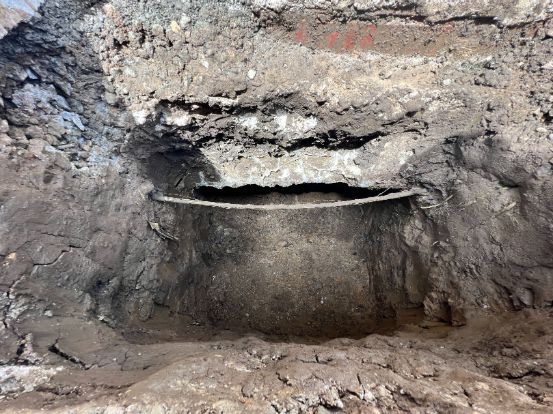You can prevent foundation problems in your home by ensuring its foundation is free from excess moisture. Things like stormwater, tree roots, and soil conditions are all elements that need to be managed.
In this article, we will discuss what you can do to prevent foundation problems, the causes, and other precautions that can prevent foundation problems in your home.

What Destroys A Foundation?
The main reason a foundation becomes damaged or unstable is due to moisture. Check your water management system to see if you’re doing everything you can to keep water away from your foundation.
Secondly, tree roots can heave and damage foundations. Make sure to plant trees at a reasonable distance from your home, and keep an eye on the ones already there.
And finally, soil conditions can also lead to damage. So, if you want to get the best underpinning South Australia residents love, it’s important to be aware of the soil type around your home.
6 Tips To Avoid Foundation Problems
These are the six tips to follow so you can avoid foundation problems on your property:
1. Check Storm Water System
A faulty stormwater system can allow water to pool around your foundation and seep in, swell and heave. Make sure your storm water drains appropriately so it can carry water away from your foundation.
2. Replace Damaged Gutters And Downpipes
Gutters and downpipes that are in poor condition can also allow water to pool around your foundation. The amount of water in the soil around your home’s foundation affects the pressure on the foundation, which can cause it to collapse or shift. Check them regularly and repair or replace them as needed.
3. Beware Of Tree Roots
Tree roots can go considerably deep into the ground and out of sight. As a result, tree roots can suck moisture away from foundations and cause damage. It’s important to check for these problems and take action as soon as you notice them.
4. Don’t Plant Trees Near Buildings
Be sure to plant anything sturdier, like bushes or shrubs, in your flower beds. They should be placed at least two feet away from the edge of your home’s foundation. This will ensure that the roots and drainage go where they belong — away from the house.
5. Monitor Cracks In Home
Always check your foundation and keep an eye on your walls and flooring. If you notice any cracks, get expert help as soon as possible. This is the best opportunity to correct the damage and prevent further foundation movement. The earlier you detect foundation problems, the easier they are to fix. You already have a significant issue if you see large fractures or wall bowing in your home.
6. Consult A Professional
Finally, get a professional inspection if you notice anything suspicious about your foundation or just want a clear picture of your real risk for this kind of worry. They can tell you whether your foundation is in good shape. Also, they can give you a few tips for the best prevention measures in your region.
Suppose you notice anything unusual about your foundation. In that case, we recommend getting a professional inspection or wanting a clear understanding of your real risk for this worry. They will not just tell you if your foundation is in excellent condition, but they’ll also be able to of you some ideas on how to keep it that way in your area.
How Can You Differentiate Between Settling and Foundation Problems?
You can differentiate between settling and foundation problems based on the angle of the cracks that appear on walls over time. Vertical hairline cracks about 2 to 6 inches are normal while diagonal or horizontal cracks of any size indicate issues with the property’s foundation.
It’s essential to get help from a foundation repair expert once you start noticing cracks around your home that aren’t vertical in nature, no matter the size.
Conclusion
Underpinning is a complex process, and it’s simply not something an inexperienced person can do on their own. If you want to know more, check out our blog, “Can you DIY underpinning?” for more details.
By keeping a vigilant eye on your home, yard, and foundation, you may avoid the headache of a damaged foundation.
